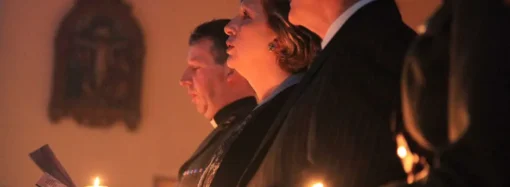Everyone knows that COVID has disrupted the education system like nothing else in recent memory. But as time goes on it appears that this may only be the tip of the iceberg.
A recent MPR news report suggests that for Minnesota public schools, declining enrollment is worse than was ever imagined several months ago. Citing a newly released survey from the Association of Metropolitan School Districts, MPR declares that worries over COVID and dissatisfaction with learning options are driving parents to homeschooling, private schools, and early college enrollment options.
Just how bad are the numbers? Let’s look at Minneapolis Public Schools as an example.
Although not sporting the worst drop on this survey, Minneapolis Public Schools have experienced an almost 3 percent decline in enrollment. Kindergarten enrollment has especially taken a hit, declining 16 percent since the budget projections were made.
Considering these drops, it’s interesting to look at the budget numbers for Minneapolis Public Schools, where the 2020 forecast lists total expenditures of $870,078,422. When divided by enrollment projections for the 2020-21 school year (33,561 students), the total comes to $25,925. That means Minneapolis Public Schools spend nearly $26,000 to educate one student in their system for just one year. Projected numbers for the 2021-22 school year exceed $26,500 per year.
That’s a hefty price tag! Since it’s often argued that additional spending for public schools will boost learning outcomes and student proficiencies, one would think Minneapolis Public Schools must be churning out some stellar, well-equipped students.
Sadly, that doesn’t seem to be the case. The Minnesota Department of Education reports that in 2019, 43 percent of Minneapolis students met standards in math, 50 percent met standards in reading, and only 37 percent met standards in science.
Those are pretty abysmal numbers – especially since they come with a price tag comparable to some the state’s elitist, top-of-the-line private schools, which have tuition rates three to five times higher than smaller, parochial private schools.
Much of the declining enrollment seems to come from parents pulling their children out of the public school system and trying homeschooling instead. Can homeschool parents get better academic results than the ones above? Maybe not in every case, but in most cases it’s quite likely. As John Taylor Gatto notes in Dumbing Us Down, homeschooled children have been found “to be five or even ten years ahead of their formally trained peers” when it comes to their thinking ability.
Why is that? Common sense suggests several reasons, one being that homeschooled kids have a small student to teacher ratio, and therefore are less likely to be lost in the shuffle. Care, understanding, and interaction from a loving parent acting as teacher also makes a difference.
But let’s put academics aside for a moment and focus on funding. If Minneapolis public schools are spending nearly $26,000 of taxpayer money per student, but some parents are taking the responsibility of educating their offspring on to themselves, then shouldn’t those parents get a portion of that money for their respective students?
What kind of education could parents give their child if they were given $26,000 for homeschooling purposes? How about even just $10,000? Books and curriculum really don’t cost all that much. Doing so would save taxpayers money, while providing ample funds for parents to educate their children themselves, or even pool their funds with other neighborhood parents to hire shared tutors.
As these budget numbers, enrollment levels, and academic results show, taxpayers have been pouring vast sums of money into education for years and getting little return on their investments. Because of COVID, the system is experiencing a forced shakeup. Instead of maintaining the status quo, is it time we looked for other ways to educate our children – ways in which they may even learn more for less money?
—
Image Credit:
Flickr-zanzibar, CC BY-NC-SA.2.0
















Leave a Comment
Your email address will not be published. Required fields are marked with *